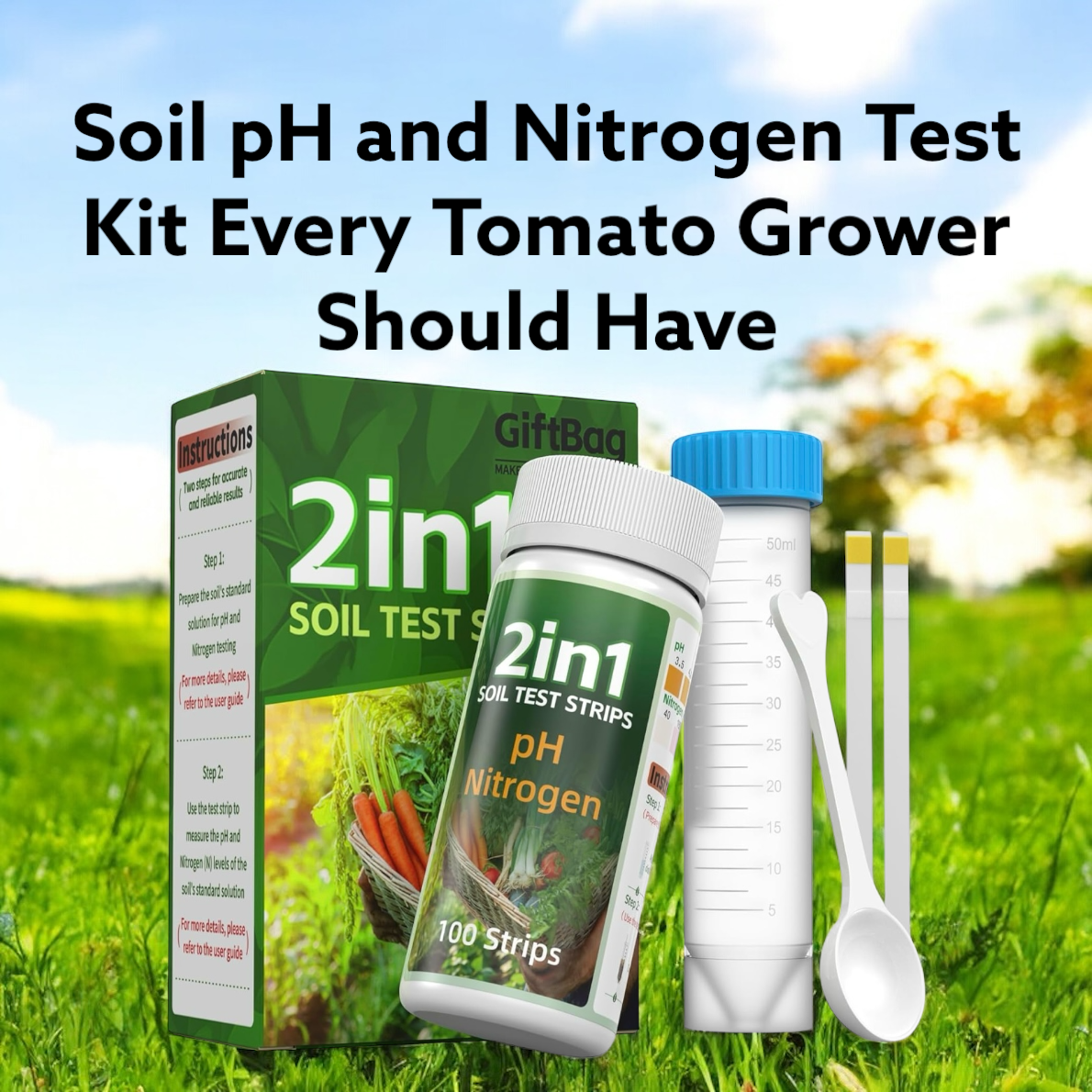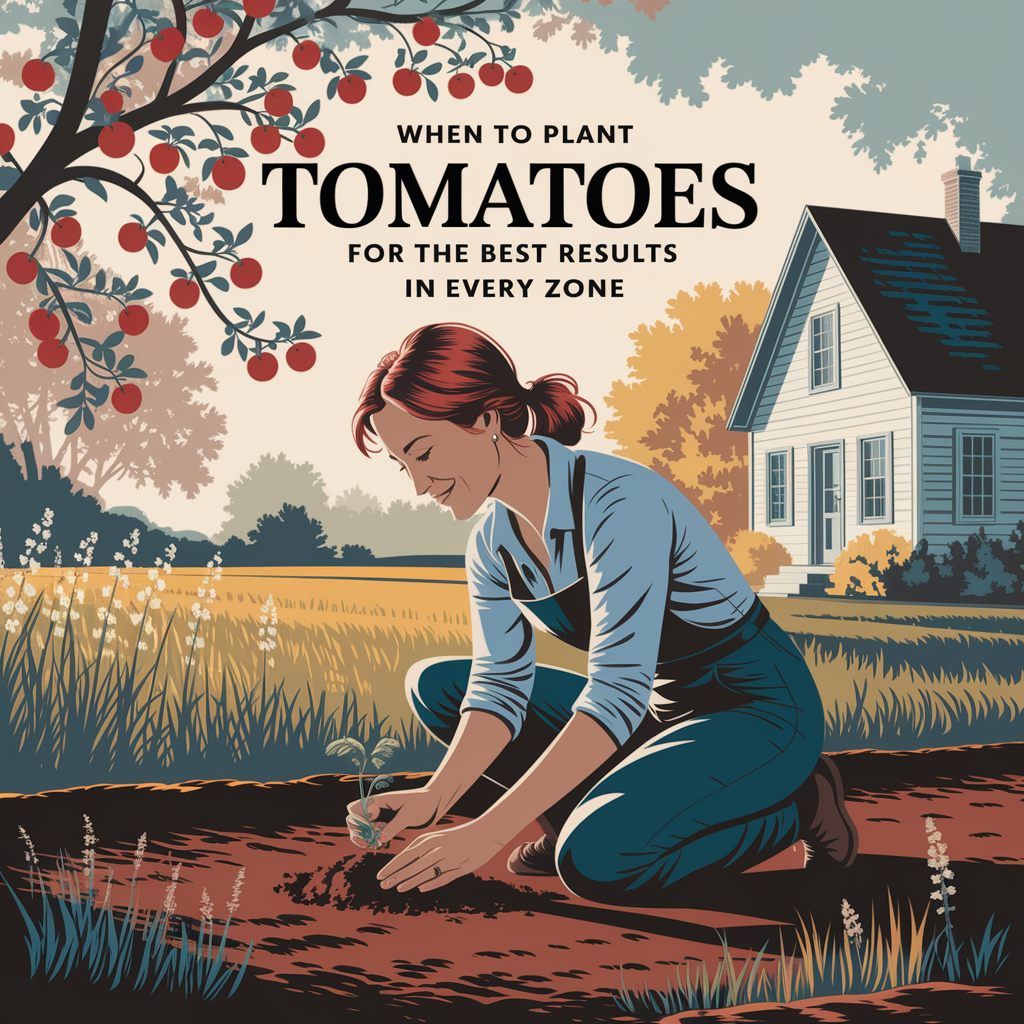
Understanding Tomato Growth and Temperature Needs
Tomatoes are heat-loving plants, and they won’t thrive until conditions are right.
Here’s what I look for before planting outside:
- Soil temperature is at least 60°F (65–70°F is ideal for fast root growth).
- Nighttime air temps consistently stay above 50°F.
- Daytime temps are warm but not blazing — between 70–85°F is perfect.
If you don’t have a soil thermometer yet, grab one. They’re inexpensive and take all the guesswork out. While you’re prepping your beds, check out our guide on how to prepare soil for tomatoes so you’re not planting into compacted or nutrient-poor dirt. Healthy soil plus the right timing equals happy plants.
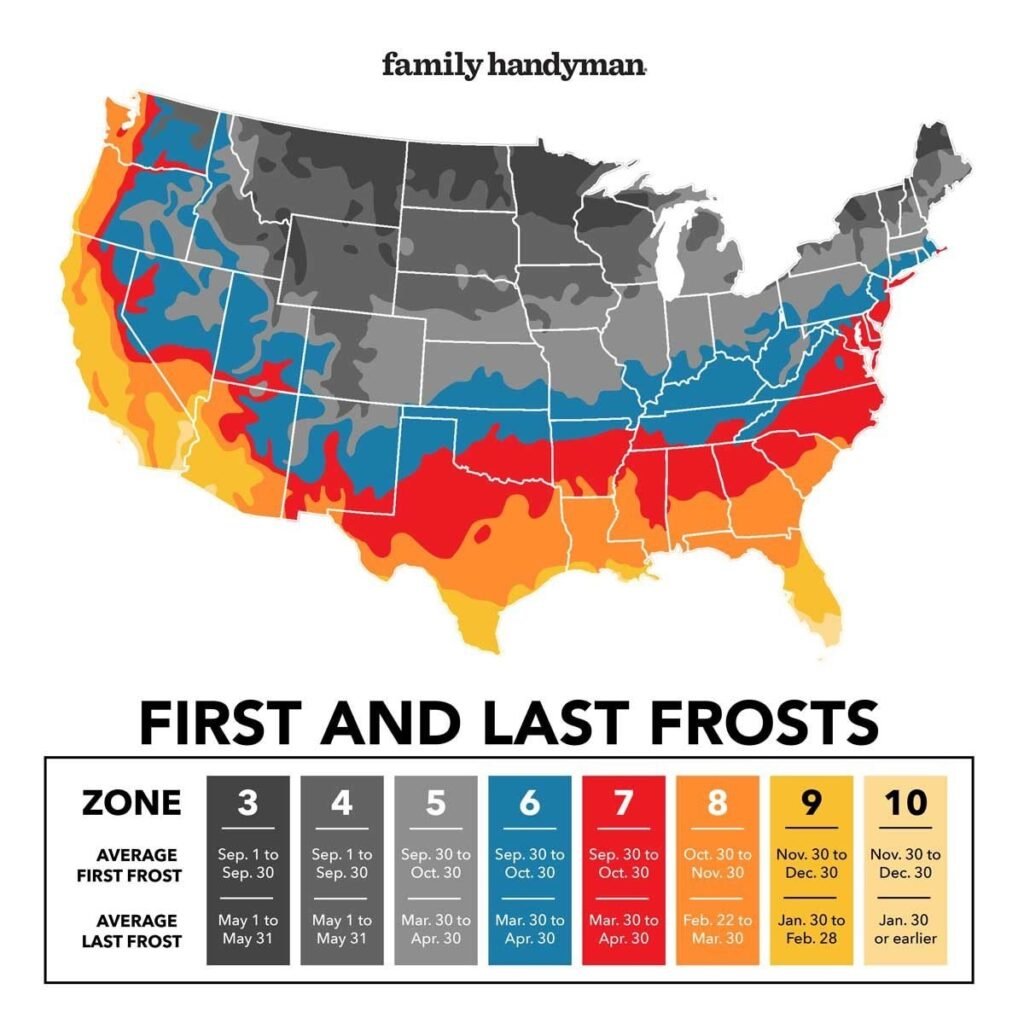
The Role of Last Frost Dates
Your average last frost date is your starting line. That’s the earliest you can safely think about moving tomatoes outdoors, but even then, I like to wait a week or two for extra insurance.
Here’s how I figure it:
- Look up your zone and local frost date.
- Start seeds indoors 6–8 weeks before that date.
- Harden off seedlings about a week before transplanting.
- Move them outside once nights stay consistently above 50°F.
If you’ve ever had young plants turn purple or stop growing after a cold snap, you already know why this matters. For more on protecting plants if temps dip unexpectedly, check out my tips in the post on ripening tomatoes off the vine, where I talk about saving fruit when weather isn’t cooperating.
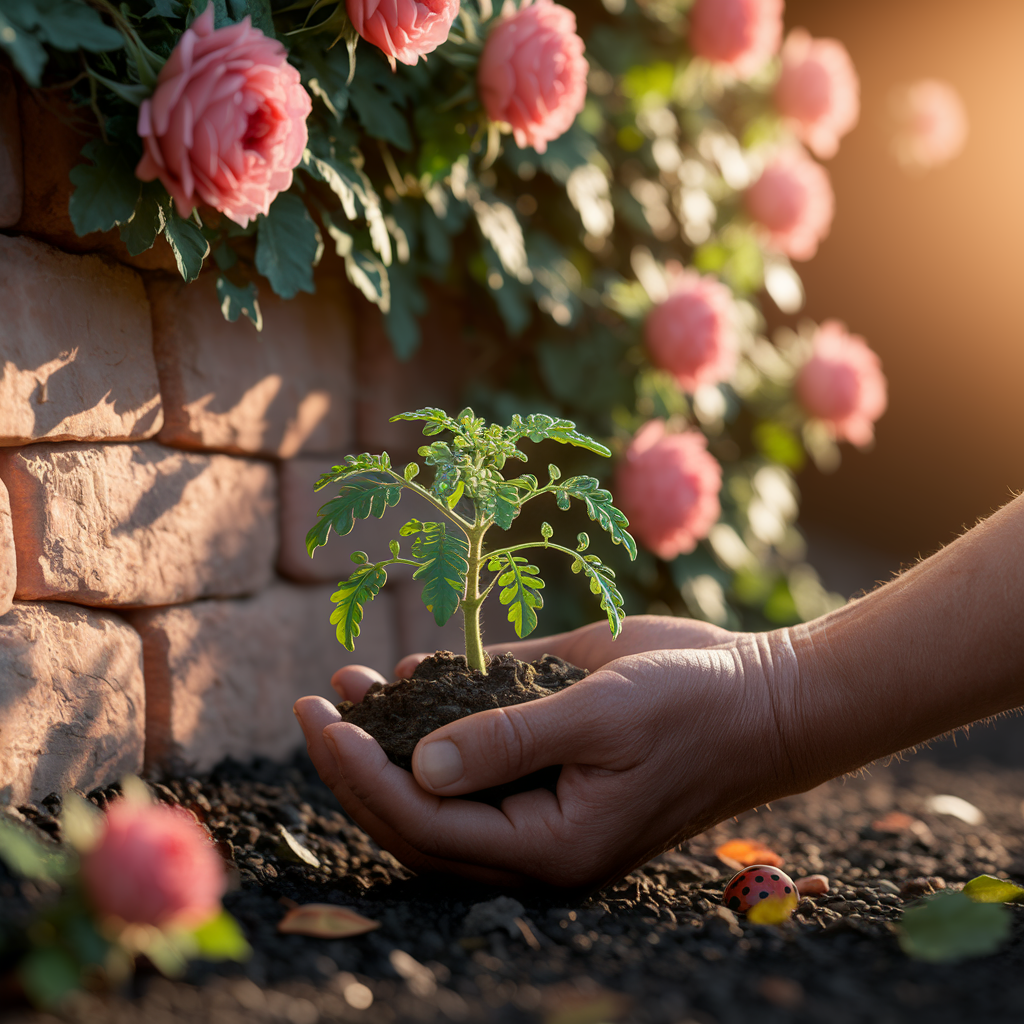
When to Plant Tomatoes in Zone 3 and Zone 4
Zones 3 and 4 are some of the shortest-season areas in the U.S., which means you need to make every week count.
- Start seeds indoors: 8–10 weeks before your last frost.
- Transplant outside: Typically late May to early June, once the soil is warm enough.
- Choose early-maturing varieties: Look for 55–70 day varieties to beat your short growing window.
If you want to stretch your season, consider using raised beds, black mulch to warm the soil, or even small hoop houses. I’ve found those tricks can buy you an extra couple of weeks on each end of the season, and that’s often the difference between green tomatoes and a big red harvest.
When to Plant Tomatoes in Zone 5
Zone 5 growers are working with a decent season, but spring frosts can still sneak up on you. Over the years, I’ve learned to be patient and not let those early warm days fool me.
- Start seeds indoors: Around late February to mid-March, about 6–8 weeks before the average last frost date.
- Transplant outside: Mid- to late May is usually the sweet spot, once the soil has warmed and nights stay above 50°F.
- Pro tip: Raised beds and black mulch can help warm the soil earlier, giving your plants a little head start.
If a cold snap surprises you after planting, toss some row covers, buckets, or even old sheets over your plants at night. That little bit of protection can mean the difference between thriving plants and a setback.

When to Plant Tomatoes in Zone 6
Zone 6 is where I garden, and after years of trial and error, I’ve found what works.
- Start seeds indoors: Around late February or early March, using a sunny window or grow lights for sturdy seedlings.
- Transplant outside: Typically early to mid-May, once soil temps hit 60°F and nights stay reliably above 50°F.
- Container backup plan: Start a couple plants in big pots. If an unexpected cold snap hits, you can roll them inside for a night or two.
Patience really pays here. I’ve been burned by planting too early during a warm spell, only to see the plants stall when the cold rolled back in. Waiting just a week or two longer gives me strong plants that hit their stride by late June, with steady harvests well into September.
When to Plant Tomatoes in Zone 7
Zone 7 growers have it good: a longer growing season and more wiggle room to experiment with timing.
- Start seeds indoors: Around mid-February.
- Transplant outside: Usually late April to early May.
- Pro tip: Use the extra time to grow a mix of early, mid, and late-season varieties so you’ll have a steady harvest all summer.
If you want to maximize production, try succession planting. Start a second batch of seeds a few weeks after your first so you can keep fresh plants producing well into the heat of summer.

When to Plant Tomatoes in Zone 8
Zone 8 offers a long season, but heat management becomes just as important as frost protection.
- Start seeds indoors: Around late January to early February.
- Transplant outside: Late March to early April, once the soil is nice and warm.
- Second planting: Start another round in midsummer for a fall crop — just pick heat-tolerant varieties to handle the high temps.
If your summers are especially hot, give your plants a little afternoon shade or use shade cloth during peak heat. This keeps blossoms from dropping and helps your plants keep producing right through the season.When to Plant Tomatoes in Zone 9
When to Plant Tomatoes in Zone 9
Zone 9 gardeners have a long, forgiving season, but the trick here is avoiding the hottest stretch of summer.
- Start seeds indoors: Late December to early January.
- Transplant outside: Mid-February to early March, when the soil is well-warmed.
- Second planting: Late summer planting (August–September) for a fall harvest.
In these areas, I’ve found that shade cloth is your best friend. A little afternoon shade keeps flowers from dropping and fruit from scalding during extreme heat.
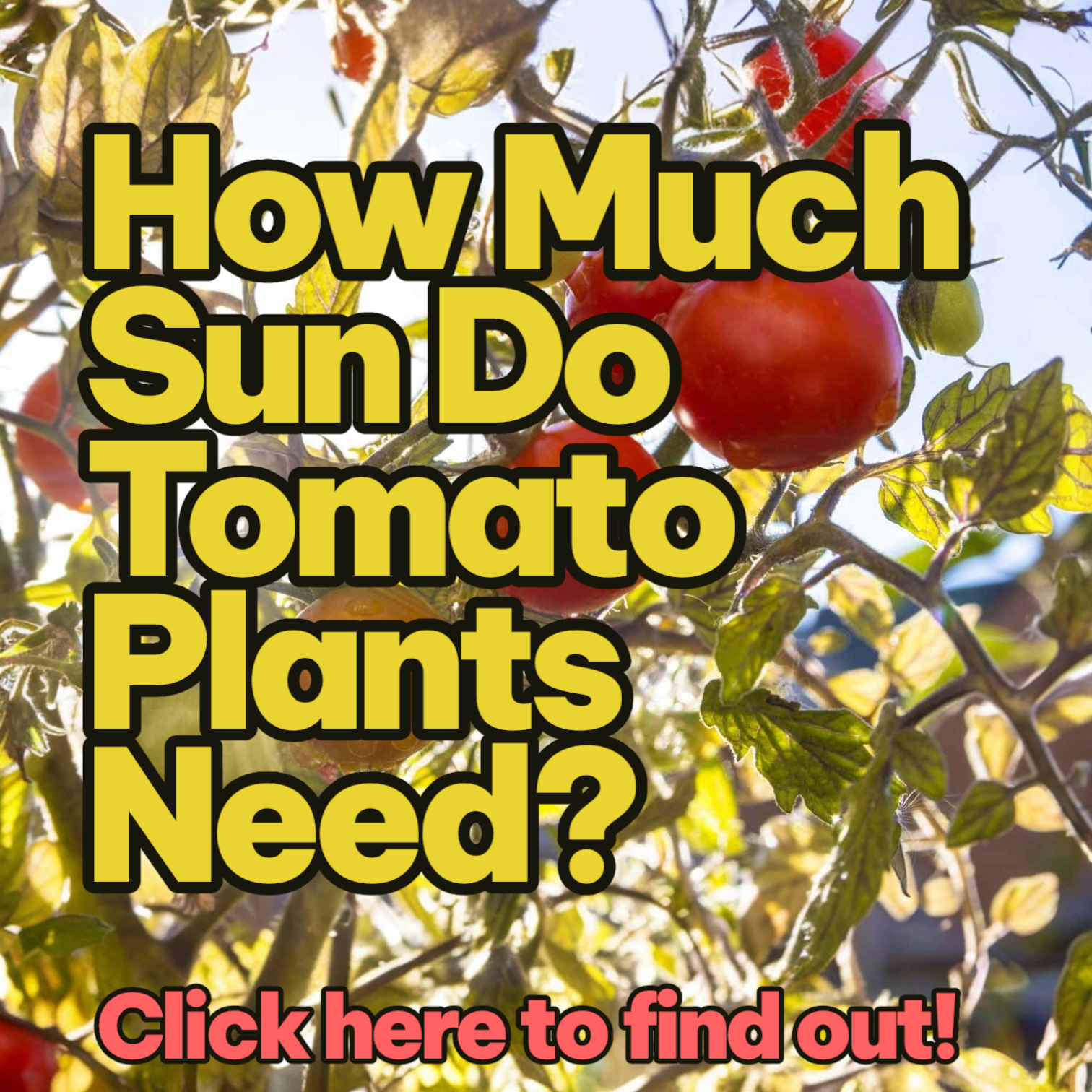
When to Plant Tomatoes in Zone 10
Zone 10 growers enjoy almost year-round tomato potential, but success depends on choosing the right window.
- Best planting window: Fall through early spring is prime time.
- Avoid midsummer: The intense heat and humidity stress the plants and hurt yields.
- Variety tip: Stick with heat-tolerant and disease-resistant types, and plant a mix to hedge your bets.
In very warm zones, tomatoes can act almost like perennials, but I’ve found production drops off sharply after a year, so replanting keeps harvests strong.
When to Plant Tomatoes in Zone 11
Zone 11 gardeners (think South Florida or Hawaii) can grow tomatoes almost continuously, but they face unique challenges like pests and humidity.
- Best planting season: Late fall through spring when the weather is milder.
- Summer caution: Intense heat and heavy rain can quickly stress plants and invite diseases.
- Container advantage: Growing in large pots lets you move plants for the best sun and airflow.
In these tropical conditions, quick-maturing varieties and cherry tomatoes tend to perform best, giving steady production even when the weather turns unpredictable.
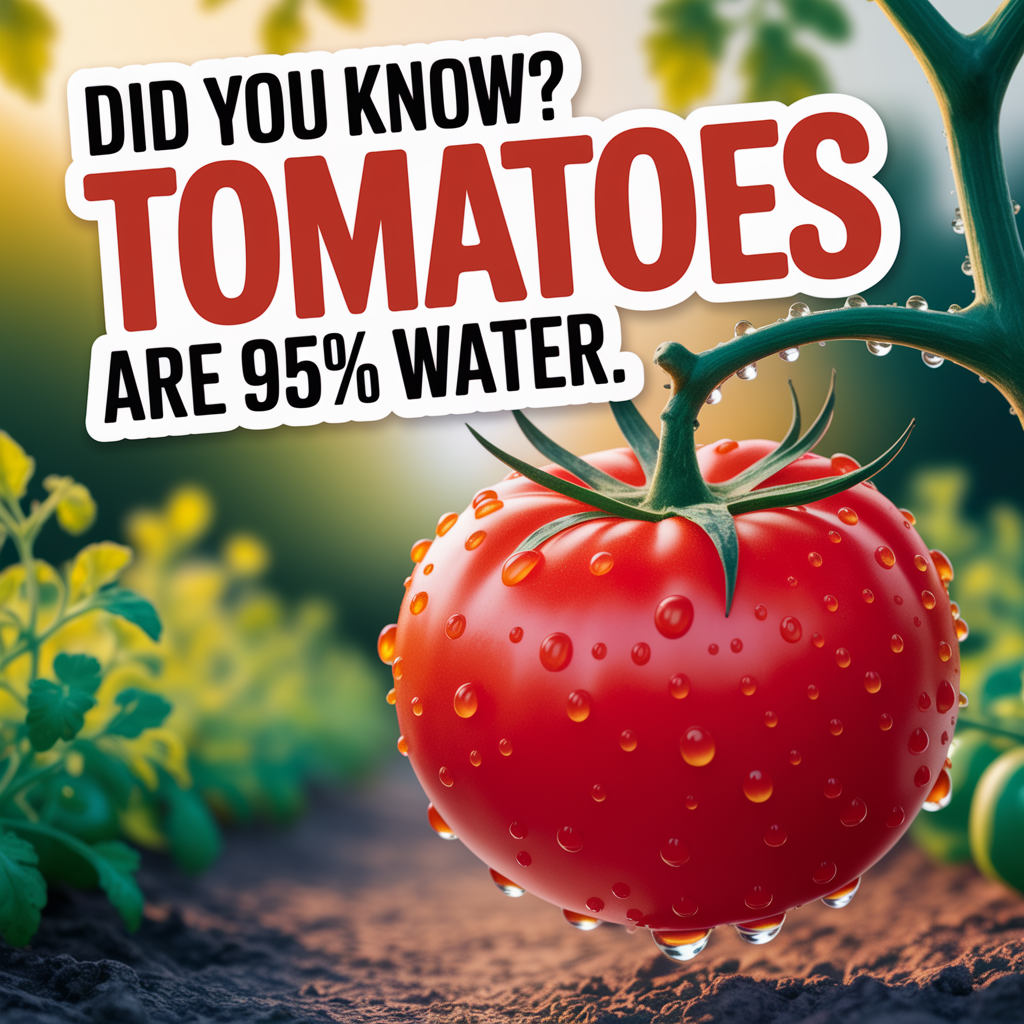
Starting Tomato Seeds Indoors for a Head Start
No matter your zone, starting seeds indoors gives you stronger plants and a jump on the season. I usually start mine 6–8 weeks before my last frost date, and here’s my routine:
- Use a quality seed-starting mix.
- Keep them in a warm, bright space — a sunny window works, but grow lights are even better.
- Thin seedlings early to prevent crowding.
- Begin a light feeding schedule once the first true leaves appear.
If you’ve never started tomatoes from seed before, don’t overthink it. Tomatoes are tough plants, and with a little attention, they’ll reward you with strong seedlings that are ready to take off when it’s time to transplant.
Hardening Off Tomato Seedlings Before Planting
One of the biggest mistakes I made in my early gardening days was skipping the “hardening off” step. After weeks of pampering my seedlings indoors, I’d plop them straight into the garden — and watch them wilt, stall, or even die.
Now I take 7–10 days to let them gradually adjust:
- Start by putting them outside for a few hours in the shade.
- Each day, leave them out a little longer and expose them to more sun and wind.
- By the end of the week, they’re toughened up and ready to live outdoors full time.
It’s a small step that makes a huge difference in getting sturdy, healthy plants that don’t skip a beat once they’re in the ground.
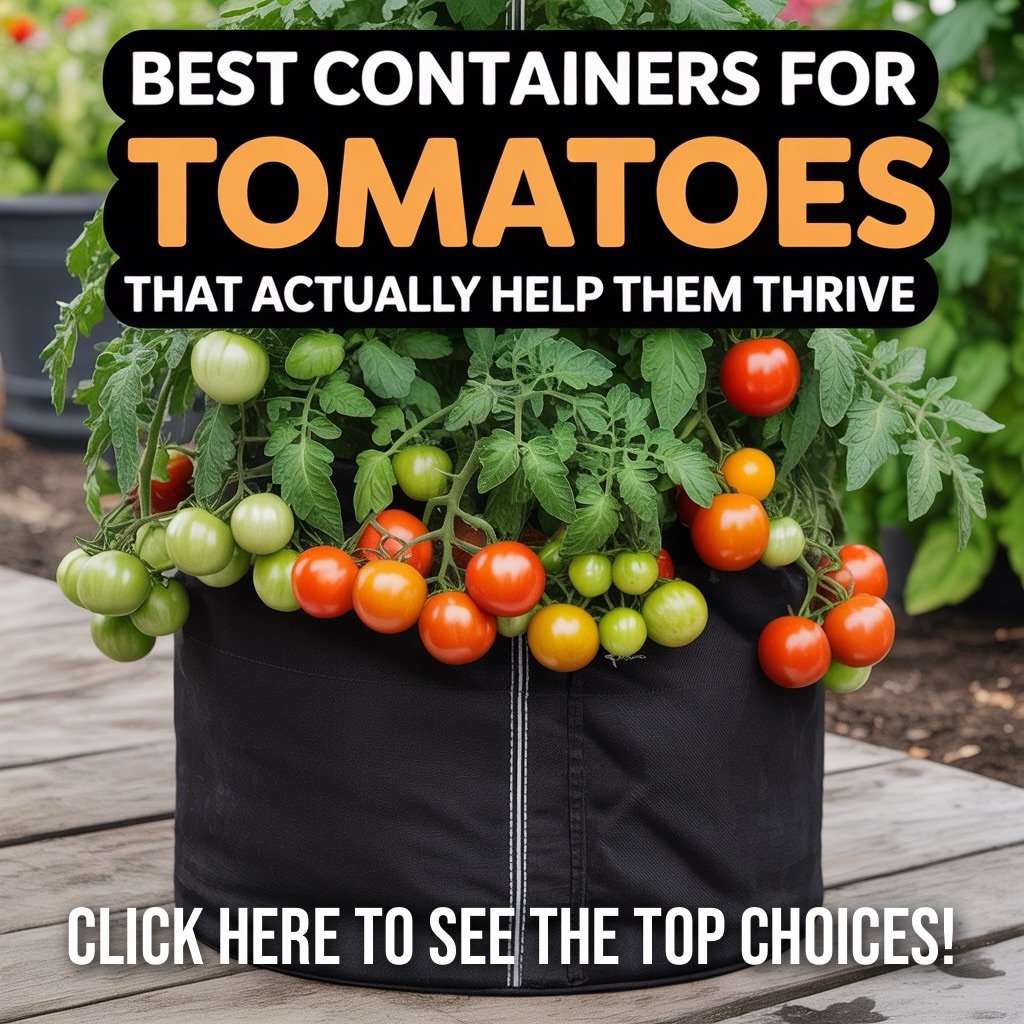
Planting Tomatoes in the Ground vs. Containers
I’ve grown tomatoes in every way possible — big garden beds, raised beds, 5-gallon buckets, even fabric grow bags — and they all have their perks.
- In the ground: Best for strong root systems and high yields if you’ve got good soil.
- Raised beds: Warm up earlier in spring and drain well — great for Zones 5–6.
- Containers: Perfect for patios, balconies, or places with bad soil. Plus, you can move them around to chase the sun or dodge a storm.
If you’re container gardening, make sure the pot is at least 5 gallons and use a high-quality potting mix. For an upgrade, check out my post on the best containers for tomatoes — the right size and material make a big difference.
How to Plant Tomatoes Early (Without Losing Them)
If you just can’t wait to get tomatoes in the ground — and trust me, I’ve been there — you can do it safely with a little planning.
- Use row covers or tunnels: These create a warm microclimate and protect young plants from cold nights.
- Warm the soil first: Black plastic or even a dark tarp can raise soil temps faster.
- Pick early varieties: Shorter maturity dates mean you’ll have fruit even if spring takes its time warming up.
The key is to have a backup plan. I’ve used everything from old sheets to upside-down totes to save plants when a surprise frost hit.
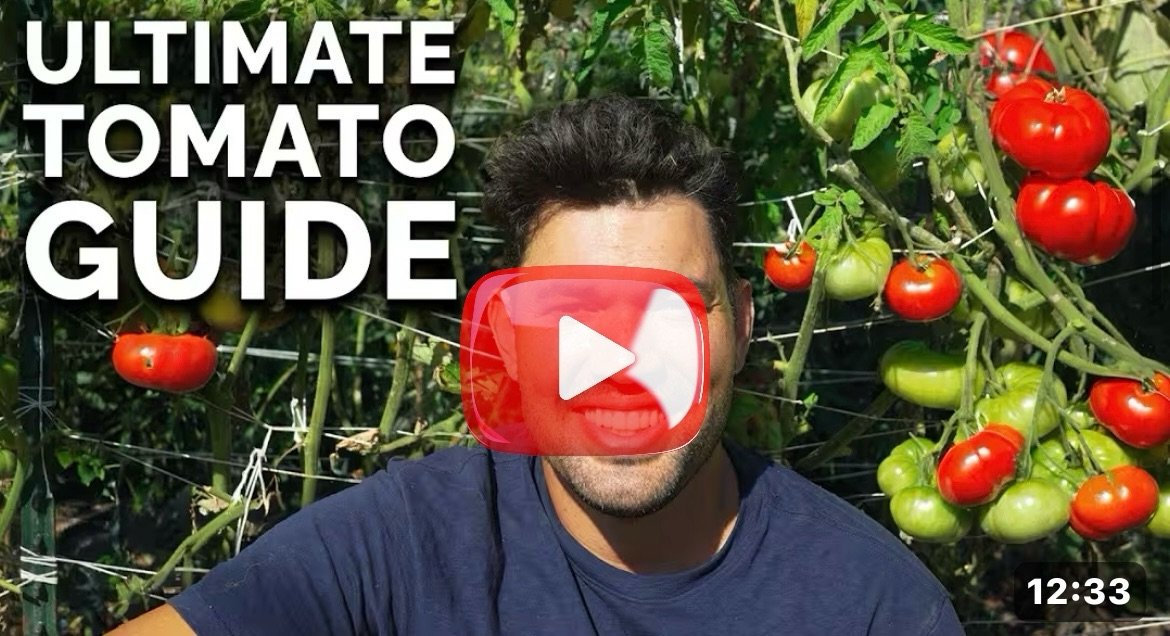
Tips for a Longer, More Productive Tomato Season
No matter your zone, a few simple strategies can stretch your harvest and boost yields.
- Succession planting: Start a second round of seedlings for a mid-summer planting.
- Mulch early: Keeps moisture even and soil temps stable.
- Prune smartly: Remove suckers and keep airflow open to prevent disease.
- Feed regularly: Light, consistent feeding keeps plants producing longer.
If you’re looking for more ideas, my post on how to grow tomatoes faster has several tricks that pair perfectly with good timing.
Timing is Key!
The perfect time to plant tomatoes isn’t just a date on the calendar — it’s about your zone, soil, and weather all lining up. Once you know your last frost date, check your soil temp, and start seeds early enough, you’ll set yourself up for a season full of red, juicy, homegrown tomatoes.
I’ve learned that a little planning in spring pays off big in summer. Whether you’re in frosty Zone 3 or tropical Zone 11, there’s a planting window that works — and once you find it, your tomato game will never be the same.
As an Amazon Associate we earn from qualifying purchases through some links in our articles.
